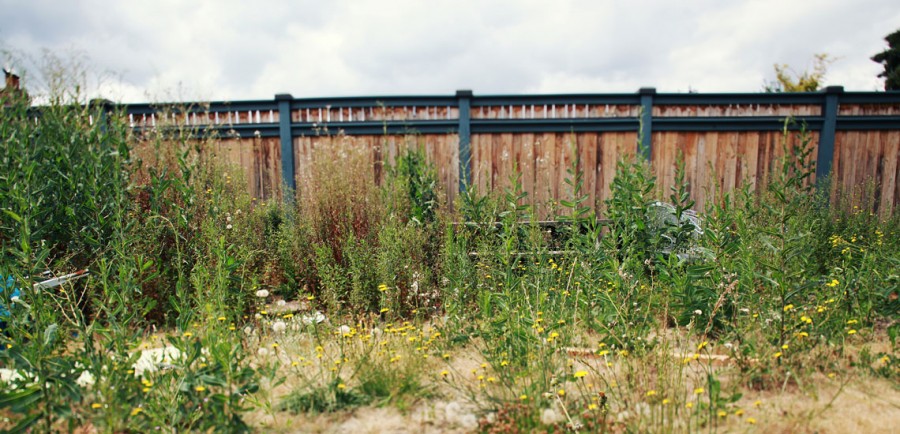Rip out and Replace

Where do I start?
Select a turf variety that suits your needs
To find the best varieties are for your area and for your needs view Our Varieties. Contact us if you have any questions.
Plan out a timeframe for completing the new lawn
It is important that you order your turf for the day you intend to lay it. Turf is a green life product that must be laid as soon as possible, particularly in the warmer months. The longer the turf sits on a pallet the more it will heat up and dry out and if left long enough, it could even die. This will mean planning out what day you have your soil base prepared and ensuring you have your turf delivered shortly after (usually the next day) so that your soil isn’t washed or blown away before the turf arrives.
Preparing your area
- Firstly, you need to kill off any existing grasses and weeds by spraying out with a glyphosate product such as Round Up or Zero. To ensure you have stopped everything in its tracks so it doesn’t grow up through your new turf, we recommend spraying the area again about a week later. It is at this stage we recommend that you order your turf depending on what your time frame is for completing the preparation.
- Once the grass has died, put your mower on its lowest setting and scalp the dead organic material back with your lawn mower.
- Rake out dead material and any other rocks or debris. Anything that is left behind in the soil may inhibit the success of your lawn down the track, so it is extremely important that it is removed during preparation. When your soil base gets packed down where the air is squeezed out and a hard layer remains it is called compaction.
If the area is suffering from compaction, you made need to dig up the area and turn it over to de-compact and aerate the soil as much as possible. This can be done with a mattock, but if a large area it may be worth hiring a rotary hoe which would be much less labour intensive.
Spread turf underlay soil
- The three main soil types are sandy, loam and clay, with many soils fitting in between these three; a sandy loam or clay loam to give a couple of examples. For general gardening and lawn purposes you can’t beat a loam soil, it’s got all the good gear and the right structure. If you don’t have a sandy loam base already, you will need to bring in turf underlay soil.
Turf underlay is generally an 80:20 mix, 80% coarse river sand and 20% organic soil material. This soil will provide you with good drainage from the sand and water holding capacity from the soil. If you have a high amount of clay in your base, it is also recommended that you spread a clay breaker such as gypsum into this base to break it up as much as possible before bringing in the turf underlay. Testing your soils pH is another important factor and making adjustments is best done now before you lay your new lawn. The amount of turf underlay soil you bring in will be dependent on the soil composition of your existing base. As a rough guide a bare minimum would be 25mm as a light skim, up to anywhere between 50 – 150mm depending on your soil base and finishing levels. Keep in mind the thickness of the turf itself can be between 30 – 50mm varying slightly between growers. Remember the level of your soil will be the finishing levels of your turf, so make sure you are happy with the gradients and have a flat surface for the turf to adhere to.
Laying your turf
Once your soil is spread and level, you are basically ready for your grass! So as mentioned earlier, you have already ordered your turf and it is set for delivery. Once the turf arrives it is time to get stuck in. Laying your turf is relatively simple, but it is important to follow a few simple guidelines to ensure you get the best possible result for your lawn moving forward.
- Apply a starter fertiliser will encourage deeper root growth and really support your lawn in the establishment phase.
- If you are laying your turf on a slope, start at the bottom. Place your rolls or slabs of turf around the perimeter of the area and lay between the perimeter. Stagger the joints in a brickwork fashion to avoid erosion and butt the turf closely together to avoid gaps – this is where your turf can dry out and cause a patchy lawn.
- When cutting is required use a sharp knife or shears, but don’t throw these off cuts away. When you have finished laying you will probably find there are a few unusual spaces to fill and these bits are perfect for that.
Water your new lawn as soon as possible
Water as soon as possible. If you are laying a large lawn, try and water as you go – especially on a hot day. If you have access to a roller, we recommend rolling the lawn to ensure good root contact with the soil.


